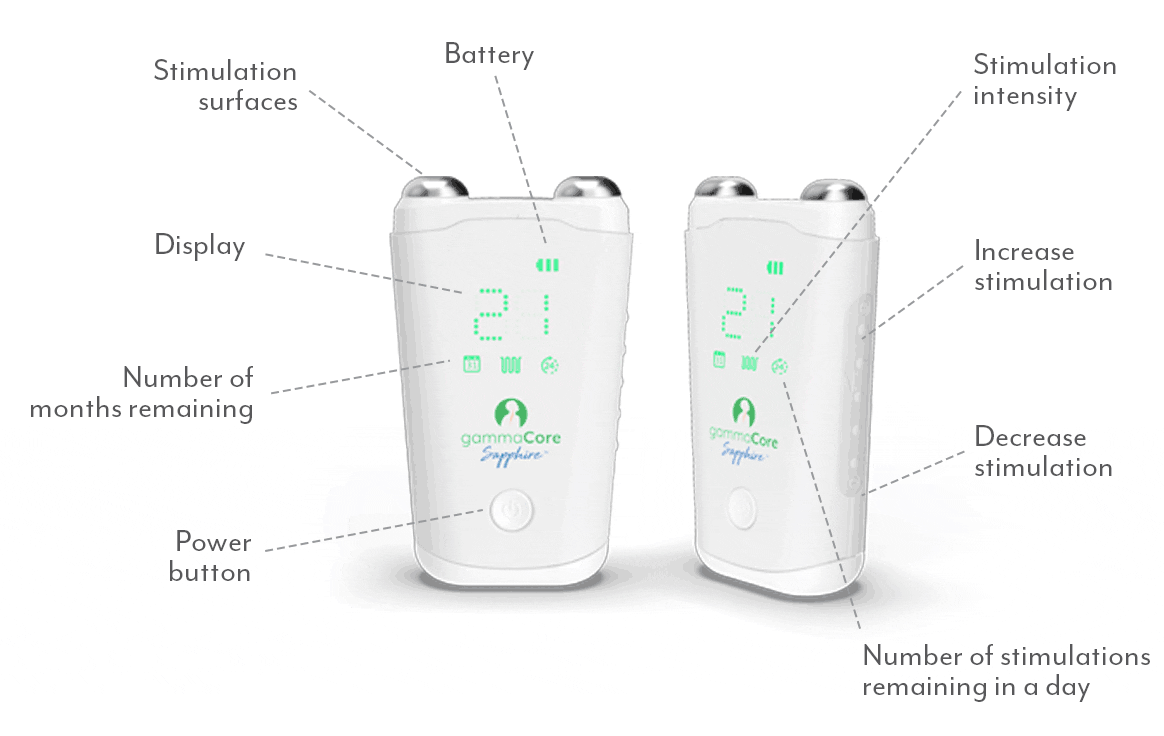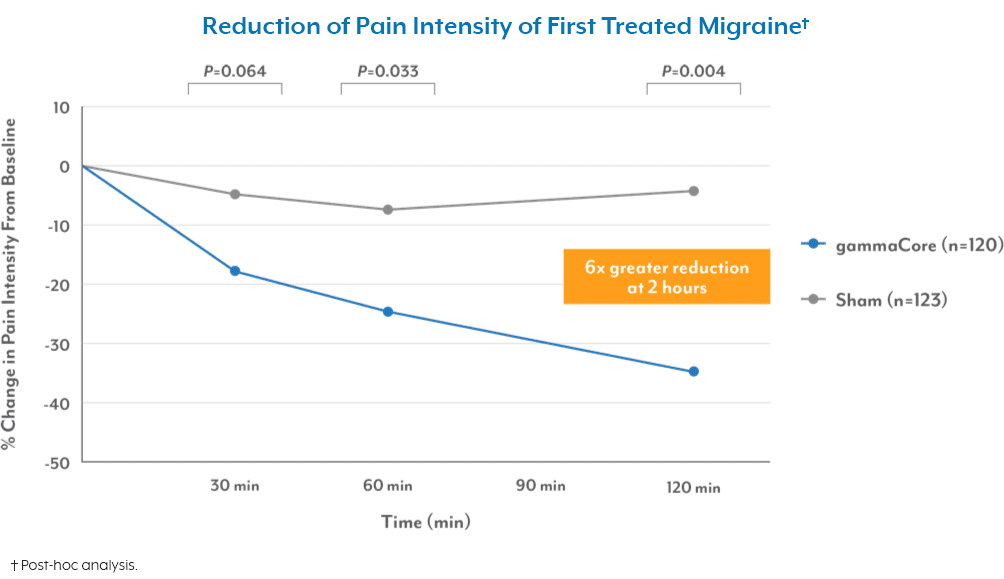 If you’ve ever experienced cluster headache symptoms, you know it’s not just a typical headache. The pain can be so intense that it’s often described the most severe headache pain someone can experience. But what are the most common cluster headache causes, and how can you avoid the pain? Let’s break it down.
If you’ve ever experienced cluster headache symptoms, you know it’s not just a typical headache. The pain can be so intense that it’s often described the most severe headache pain someone can experience. But what are the most common cluster headache causes, and how can you avoid the pain? Let’s break it down.
What Is Cluster Headache?
Cluster headache is a type of headache that comes in patterns, or “clusters.” During a cluster period, which can last weeks to months, you might experience several headaches a day, often around the same time. These headaches are short but incredibly painful, usually lasting between 15 minutes to three hours. Cluster headaches typically affect one side of the head, often around the eye, and can be accompanied by symptoms like eye redness, swelling, tearing, or a droopy eyelid.
While they are not as common as migraines, cluster headaches are sometimes called “suicide headaches” because of their intensity. They mainly affect men, but women can experience them, too.
Cluster Headache Symptoms
It’s important to recognize cluster headache symptoms because the faster you can identify one, the faster you can seek relief. Some common cluster headache symptoms include:
- Severe pain, usually on one side of the head, often around the eye
- Red, watery eyes
- Drooping eyelid on the affected side
- Nasal congestion or a runny nose on the affected side
- Restlessness or agitation during the headache
A cluster headache can come on suddenly and without much warning. It often happens at night, waking sufferers from sleep, and occurs in cycles, meaning you could have it daily for weeks or months before it disappears for a while.
Cluster Headache Causes
While the exact cause of a cluster headache isn’t fully understood, studies have shown that it’s likely associated with the interaction of blood vessels, nerves, and brain chemicals that impact the face.
Hypothalamus Abnormalities
Researchers believe cluster headaches are linked to the hypothalamus, the part of your brain that controls your body’s biological clock. The hypothalamus plays a role in regulating sleep. Since cluster headache tends to happen at the same time of day or during the night, it’s thought there could be a connection between these headaches and your body’s internal clock via an abnormality in the hypothalamus region of the brain.1
Trigeminal Nerve Pathway
Another possible cluster headache cause involves changes in the blood vessels and nerves in the brain. During a cluster headache, your blood vessels dilate (widen) and the nerves behind the eye become inflamed, which may increase pressure on the trigeminal nerve.2
The trigeminal nerve branches off the brainstem behind your eyes and carries sensations from the face to the brain. It’s believed that activation of this nerve (like when a headache strikes) is what causes cluster headache symptoms like eye pain, tearing eyes, and nasal congestion.3
Other Triggers
Other potential triggers that could contribute to cluster headaches include:
- Alcohol consumption: Drinking alcohol during a cluster period can trigger a headache.
- Changes in sleep patterns: Disturbed sleep or even naps can bring on a headache.
- Strong smells: Certain smells like perfumes or gasoline can be triggers.
- Weather changes: Fluctuations in temperature, particularly warmer conditions, might trigger an attack for some people.
Cluster Headache Treatment
The goal of cluster headache treatment is to reduce the severity of the attacks and shorten the cluster period. Treatment options often include:
- Medications: Fast-acting drugs can be prescribed to stop an attack once it starts. These may be given as an injection or a nasal spray. Preventive medications can also be used to help reduce the frequency of cluster periods. However, as is the case with any drug, there is always the risk of side effects.
- Oxygen therapy: Breathing pure oxygen through a mask can provide quick relief for some people experiencing a cluster headache. However, this cluster headache treatment option is quite costly, and for many, it may not be practical to pull out an oxygen tank every time a headache strikes.
Non-Invasive Vagus Nerve Stimulation (nVNS): nVNS is a non-invasive method for preventing and treating cluster headaches by delivering mild electrical pulses to the vagus nerve, located on the side of the neck. This stimulation is thought to influence pain pathways and help regulate headache symptoms, providing relief without the need for medication or invasive procedures.
Finding Relief
Cluster headaches can be incredibly debilitating, but understanding the causes and knowing your treatment options can help you regain control of your life. If you’re experiencing these headaches, it’s important to consult with a health care provider to find a treatment plan that works for you.
One option to ask your health care provider about is gammaCore™ non-invasive vagus nerve stimulator (nVNS), the first and only FDA-cleared non-invasive medical device to treat and prevent cluster headache via stimulating the vagus nerve. This portable, handheld device can be used easily at home or while on the go, and treatments take less than five minutes. You can treat headache pain immediately with two 2-minute treatments as needed, or use it twice daily, morning and night, to prevent future headache pain.
To see if gammaCore is right for you, visit our clinic finder to locate a health care provider near you, or contact our dedicated Customer Experience team at 888-903-2673 or customerservice@electrocore.com.
1. Kandel, S. A., & Mandiga, P. (2024). Cluster Headache. StatPearls Publishing. https://www.ncbi.nlm.nih.gov/books/NBK544241/
2. (n.d.). Headaches – cluster. Icahn School of Medicine at Mount Sinai. Retrieved September 23, 2024, from https://www.mountsinai.org/health-library/report/headaches-cluster
3. (n.d.). Headaches – cluster. Icahn School of Medicine at Mount Sinai. Retrieved September 23, 2024, from https://www.mountsinai.org/health-library/report/headaches-cluster


